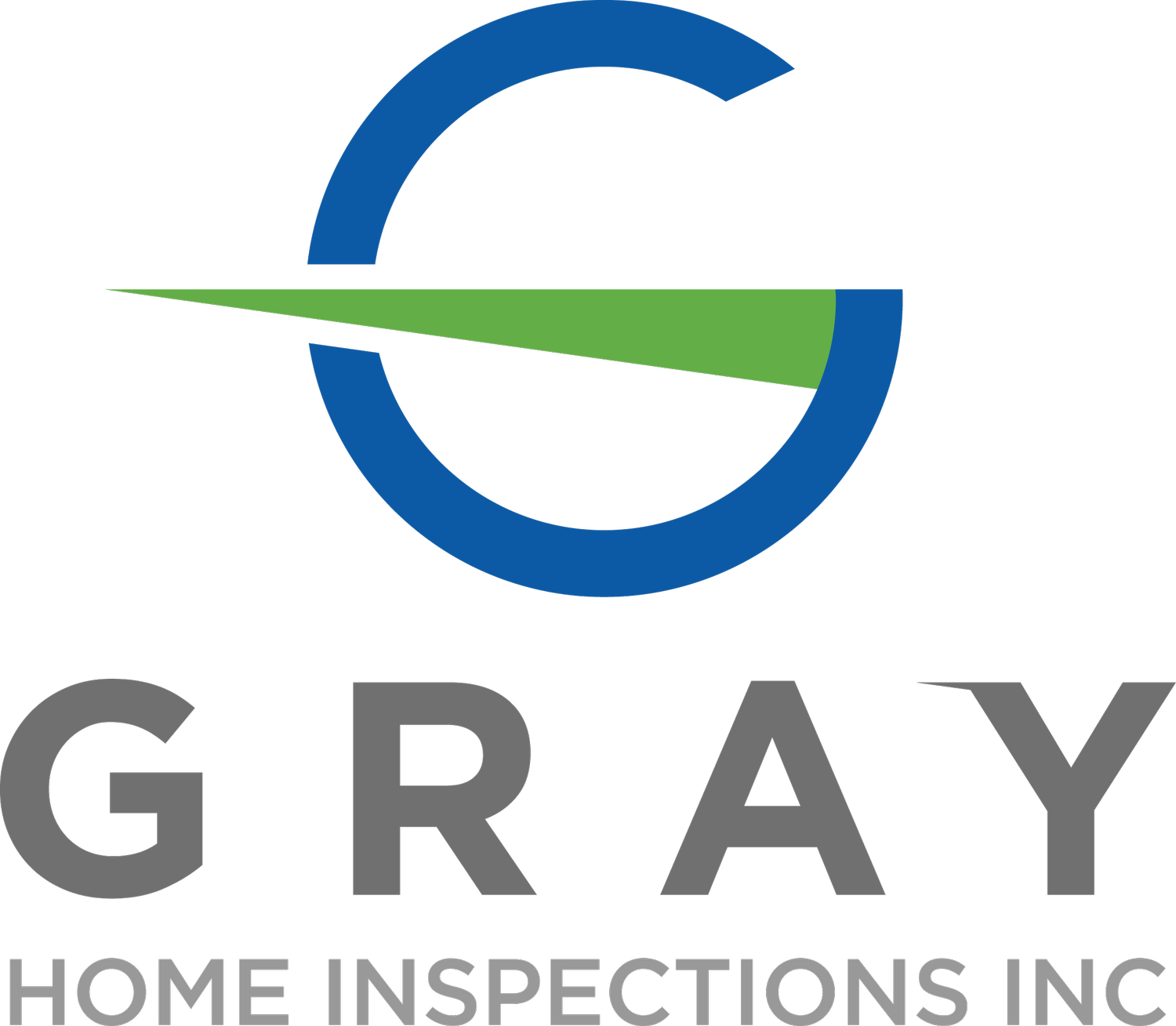Navigating Property Inspections: A Comprehensive Guide from Gray Home Inspections, Jacksonville, FL
Property inspections are a crucial step in the process of buying or selling a home. They provide invaluable insights into the condition of a property, helping buyers make informed decisions and sellers understand any necessary repairs or improvements. At Gray Home Inspections in Jacksonville, FL, we believe in empowering our clients with knowledge. In this blog, we'll explore the different types of property inspections, shedding light on their purposes and what they entail.
- General Home Inspection:The general home inspection is the most common type of property inspection. It involves a comprehensive examination of a property's visible and accessible areas. A certified inspector assesses the condition of various components including the foundation, roofing, plumbing, electrical systems, HVAC, and more. The goal is to identify any existing or potential issues that may affect the property's safety, functionality, and value.
- Pre-Listing Inspection:A pre-listing inspection, also known as a seller's inspection, is conducted before a property is listed for sale. The seller hires an inspector to evaluate the property's condition. This allows the seller to address any issues upfront, potentially increasing the property's marketability and preventing surprises during the buyer's inspection.
- Buyer's Inspection:A buyer's inspection is arranged by the prospective buyer after an offer has been accepted. It aims to provide the buyer with a thorough understanding of the property's condition and any potential concerns. The findings from this inspection can be used for negotiation purposes, potentially resulting in repairs or adjustments to the sale price.
- New Construction Inspection:While it may seem unnecessary, even newly constructed homes can have defects or issues. A new construction inspection involves assessing the property's construction quality and identifying any potential problems before the buyer takes possession. This inspection helps ensure that the home meets the expected standards of quality.
- Termite and Wood-Destroying Organism (WDO) Inspection:In regions with a high risk of termite infestations, like Florida, a separate WDO inspection is often performed. This inspection focuses on identifying any signs of termites or other wood-destroying pests. It's crucial for safeguarding the structural integrity of the property.
- Radon Inspection:Radon is a naturally occurring radioactive gas that can accumulate in homes and pose health risks. A radon inspection measures the levels of radon in the property. If elevated levels are detected, mitigation measures can be taken to reduce exposure.
- Mold Inspection:Mold inspections assess the presence of mold in a property. This type of inspection is important for identifying and addressing potential health hazards associated with mold exposure. It can also help prevent structural damage caused by mold growth.
- Lead-Based Paint Inspection:Homes built before 1978 may contain lead-based paint, which can be hazardous, especially for young children. A lead-based paint inspection assesses the presence and condition of lead-based paint in a property, ensuring compliance with safety regulations.
Understanding the different types of property inspections is crucial for both buyers and sellers. Each type serves a specific purpose and provides valuable information about the condition of a property. At Gray Home Inspections in Jacksonville, FL, we're committed to providing comprehensive and insightful inspections to empower our clients in their real estate transactions. By being informed about the various types of inspections, you can approach the buying or selling process with confidence and peace of mind.
